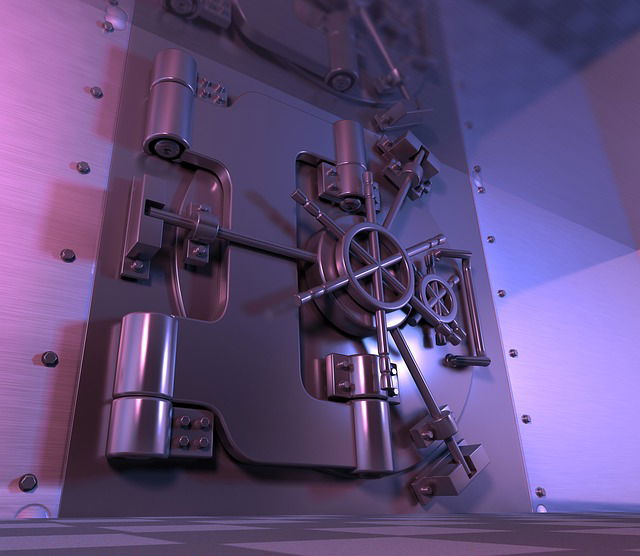Understanding the Resilience and Security of Metal Safes
The metal industry has long been associated with strength, durability, and resilience. These attributes are particularly evident in the construction of safes, where metal's robust nature is harnessed to protect valuables from theft, fire, and environmental damage. In this article, we delve into the importance of metal safes in safeguarding possessions and explore the considerations involved in selecting a reliable safe for personal or business use.

1. Material Matters:
The choice of material is critical when it comes to constructing a safe. Common metals used include steel and iron due to their toughness and resistance to forceful entry. Manufacturers often employ thick gauge steel for enhanced security features, making it exceedingly difficult for unauthorized access through drilling or other invasive methods.
2. Fire Resistance:
In addition to theft protection, many safes are designed to withstand extreme temperatures. The incorporation of insulating materials between layers of metal can provide fire resistance that helps preserve important documents and other temperature-sensitive items during a fire outbreak.
3. Locking Mechanisms:
The locking mechanism is what stands between your valuables and potential intruders. High-quality metal safes feature sophisticated locks ranging from traditional combination dials to electronic keypads and biometric systems that offer varying levels of security based on user preference.
4. Safe Ratings:
Understanding safe ratings can aid consumers in choosing a product that meets their specific needs. Underwriters Laboratories (UL) and other standardized bodies provide ratings that indicate a safe's ability to resist forced entry attempts for certain periods under specified conditions.
5. Anchoring Options:
A lesser-known but equally important aspect of safe security is how it can be anchored to a structure. Bolting down a safe adds an extra layer of deterrence as it prevents thieves from walking away with the entire unit. Selecting the right metal safe involves considering these factors along with assessing individual security requirements such as size, location, accessibility needs, and the type of valuables being protected.
